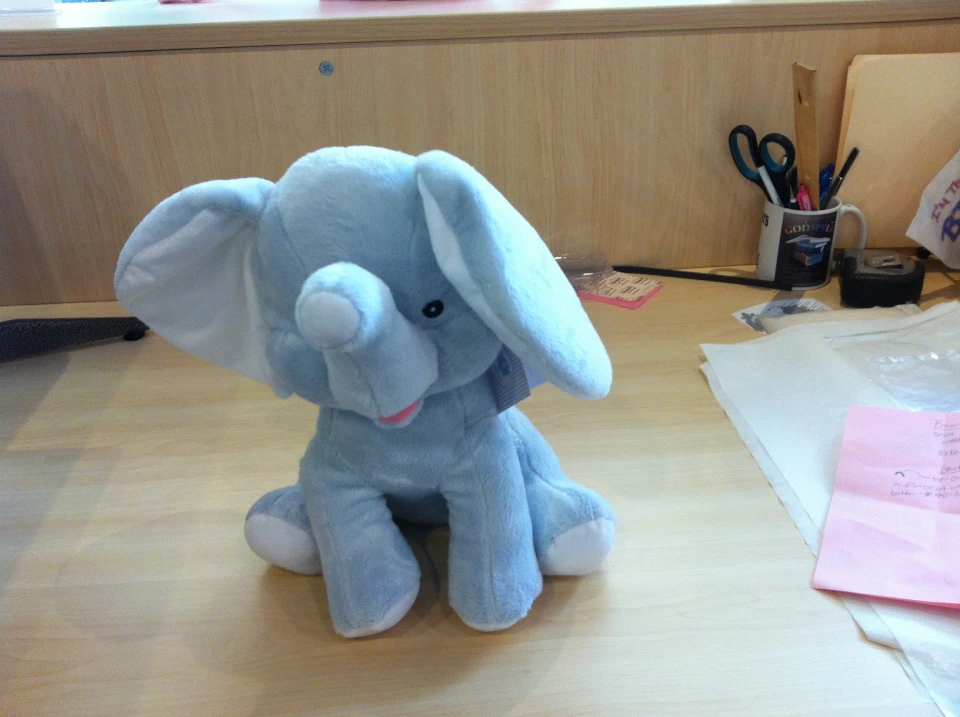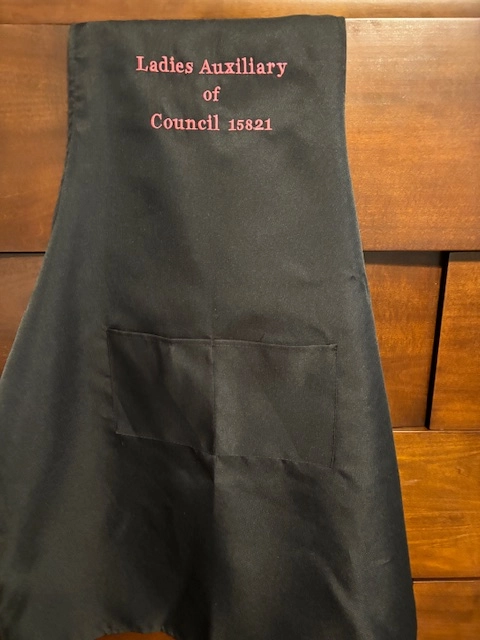Heat Transfer on T-Shirts and Aprons - Custom Styles and Logo Designs
Wiki Article
The Art of Custom Needlework: Opening the Keys to Creating Unique and Unforgettable Styles
Embroidery, a craft steeped in practice and virtuosity, holds within its elaborate stitches the power to transform material right into a canvas of one-of-a-kind expression. The tricks to creating personalized needlework layouts that mesmerize the eye and leave a long-term impact lie in a delicate balance of method, creativity, and attention to detail. As we look into the world of custom embroidery, we discover the nuanced interplay between string option, stitch intricacy, and style personalization that boosts a simple garment to a masterpiece. Join us on a journey with the art of custom-made needlework as we untangle the enigmas behind crafting absolutely remarkable and distinctive productions.Picking the Right Needlework Threads
When selecting needlework threads, what vital elements should you think about to make sure the most effective outcomes for your custom designs? The selection of needlework string is crucial in establishing the last outcome of your embroidered style. Among the primary considerations is the product of the thread. Different materials such as cotton, polyester, rayon, and silk offer differing degrees of shine, toughness, and structure. It is important to pick a string material that matches the material you are stitching on and straightens with the desired look of the design.
In addition, the weight or density of the thread plays a substantial duty in the appearance of the embroidery. Thicker strings can include dimension and texture to your style, while finer threads are optimal for complex details and tiny text. Furthermore, thinking about the color fastness and washability of the thread is crucial to guarantee that your custom styles preserve their top quality and vibrancy in time. By thoroughly evaluating these factors and selecting top quality strings that fulfill your specific needs, you can improve the aesthetic allure and longevity of your stitched productions.
Checking Out Various Stitch Strategies
To dig into the realm of 'Exploring Various Stitch Methods', one have to realize the complexities and subtleties that each sewing approach gives the art of needlework. Different stitch strategies not just include visual rate of interest however likewise add to the overall structure and dimension of the style. One prominent stitch technique is the satin stitch, which includes carefully packed parallel stitches to create a smooth and glossy surface area, ideal for filling up in shapes and developing vibrant outlines.On the various other hand, the backstitch is a functional strategy often made use of for outlining and including fine details. It involves sewing backward to develop a solid line of embroidery. Furthermore, the French knot stitch includes a responsive component to layouts, best for developing distinctive accents like blossom facilities or decorative touches.
Exploring various stitch techniques enables embroiderers to have fun with light, shadow, and depth within their designs, raising the visual allure and imaginative quality of their embroidery jobs. By mastering different stitching methods, one can unlock countless possibilities for producing one-of-a-kind and memorable personalized needlework items.
Incorporating Personalized Style Elements
Having discovered the intricacies of different stitch strategies such as the satin stitch, backstitch, and French knot, the emphasis currently changes in the direction of incorporating customized style aspects in custom embroidery projects. Customized design aspects play a crucial function in making needlework jobs genuinely special and unforgettable.An additional means to include individualized design elements is by consisting of symbols or motifs that hold unique meaning to the recipient or mirror their rate of interests and character. Integrating a favored flower, pet, or hobby-related sign can make the needlework style more significant and personalized. In addition, choosing shades that resonate with the recipient or line up with the intended motif can even more boost the personalization of the needlework project.
Grasping the Art of Shade Sychronisation

One key facet of color coordination is understanding color theory. This includes recognizing how different colors engage with each other, the feelings they convey, and how they can be combined to create aesthetically appealing designs. By applying color theory concepts, embroiderers can produce harmonious color schemes that improve the overall appearance of the layout.
Furthermore, taking notice of contrast is essential in color control. Using contrasting shades can help particular elements of the style pop, boost legibility, and develop a visually vibrant embroidery piece. By understanding the art of color sychronisation, embroiderers can boost their designs and produce remarkable pieces Embroidery that resonate with customers and visitors alike.
Enhancing Texture With Advanced Needlework Stitches

Bullion knots, on the other hand, can be made use of to create twisted, ropelike elements that add a glamorous feel to the embroidery. Exploring with these sophisticated embroidery stitches enables you to push the limits of conventional embroidery and produce really distinct and visually appealing textures in your designs.
Conclusion
In conclusion, the art of custom embroidery involves a combination of picking the best strings, checking out numerous stitch techniques, incorporating individualized design aspects, mastering shade control, and improving structure with advanced stitches. By understanding and implementing these crucial elements, embroiderers can produce distinct and memorable layouts that showcase their creativity and ability. Needlework fanatics can unlock the secrets to developing beautiful and custom pieces that stand out and leave a long-term perception.Report this wiki page